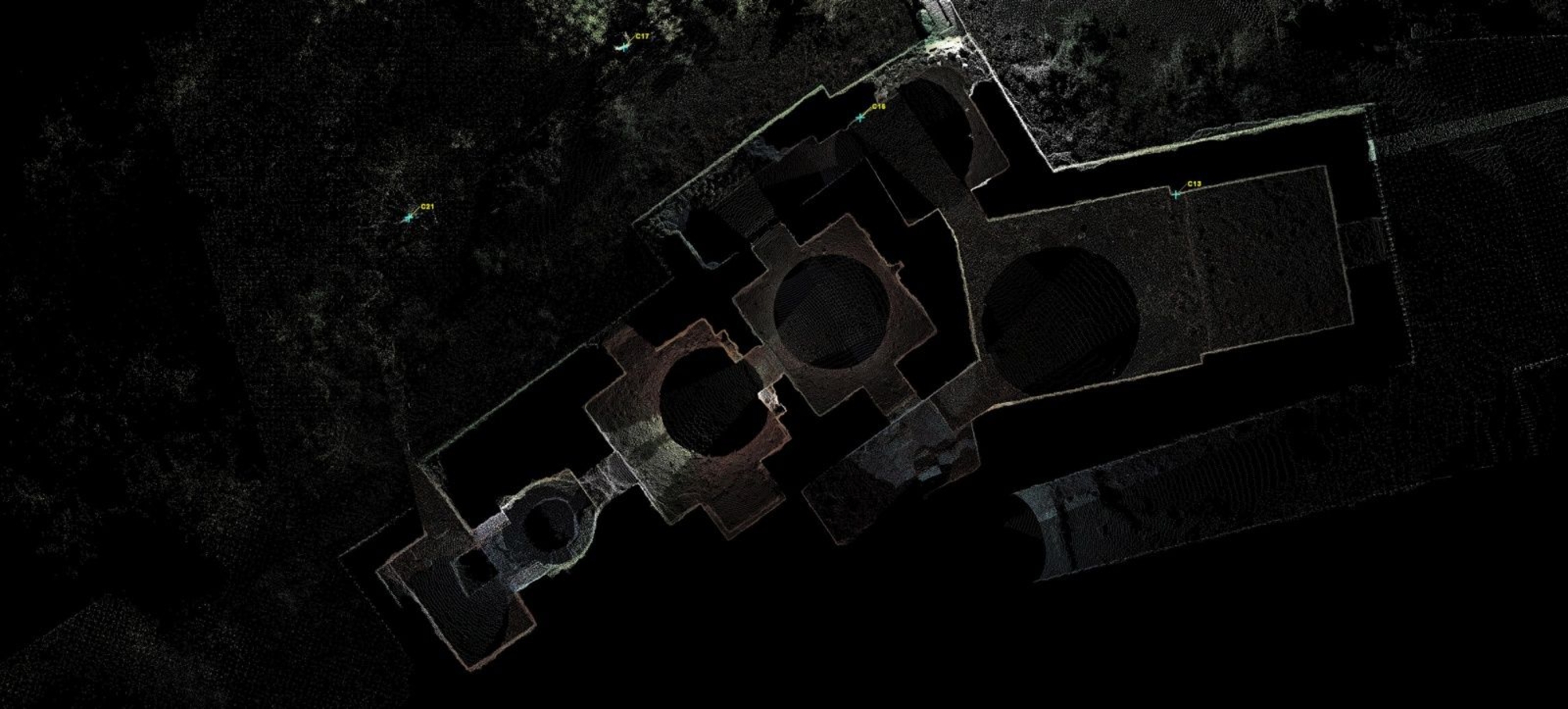
- Home
- The study of Near Eastern medieval castles
- The citadel of Damascus (Syria)
Archaeological research on the citadel of Damascus, directed from 1999 to 2006 by Sophie Berthier and Edmond Al-Ejji (DGAM) as part of a Franco-Syrian programme IFEAD/IFPO- DGAM (Direction Générale des Antiquités et des Musées de Syrie), in scientific collaboration with specialists from the Laboratoire d’Archéologie Médiévale et Moderne en Méditerranée, has radically changed our understanding of the development of this princely residence and centre of power under the Zengids and Ayyubids, then under the Mamluks and Ottomans.
An ambitious programme of archaeological excavations was carried out in key areas of the citadel to refine the chronology of each construction phase, determine changes in the occupation of its buildings and their function, and take an innovative approach to the artefacts. Thanks to the abundance of ceramics - kitchen, table and serving ware, storage jars, and lamps - chronotype systems spanning the 10th to the 19th centuries were developed. Exceptional finds included clothing, leather bags and various types of weaponry.
The excavations were supported by a survey of the buildings, centred on the strong points of the defensive works and circulation system, particularly the portals, halls and connected vaulted galleries. The study reveals the restructuring of the eastern gate sector, starting from an initial period which included the transformation of a pre-existing urban enceinte, and the gradual strengthening of the defensive system of the first fortified perimeter prior to the creation of the second enceinte in the early 13th century, of which the large gate tower completes a large-scale construction programme prefigured by its earlier 12th century construction.
At the centre of the Ayyubid system, the large hall with a tetrastyle dome, which has been fully excavated, and the long covered adjoining gallery have been analysed to determine their relationship with the access to the northern gate tower and its related spaces, which has made it possible to reconstruct the complex link between the Ayyubid structures and earlier constructions.
To the west, a survey of the elevations and excavations led to the discovery of the remains and indirect traces of two successive portals in the second enceinte, the first Ayyubid and the second Mamluk, concealed by an Ottoman-period redesign.
To the south, the excavation and architectural survey of a prestigious central section of building, in addition to a large number of Mamluk military artefacts, led to a reinterpretation of its occupation from the late 12th century construction to the period just before work began on the second enceinte in 1203.
In the centre of the old enceinte, the remains of a gate with two towers, embedded in the later constructions were excavated and studied to shed light on the typochronology of the constructions prior to the 13th century.
Associated media
Open Media Library

Citadel of Damascus. Columned hall

Columned hall in the citadel of Damascus

Citadel of Damascus. East gate. 2010

Curtain Wall 6 of the citadel of Damascus

North gate of the citadel of Damascus

Fatimid cup from the citadel of Damascus

Bowl (1150-1250) from the citadel of Damascus

